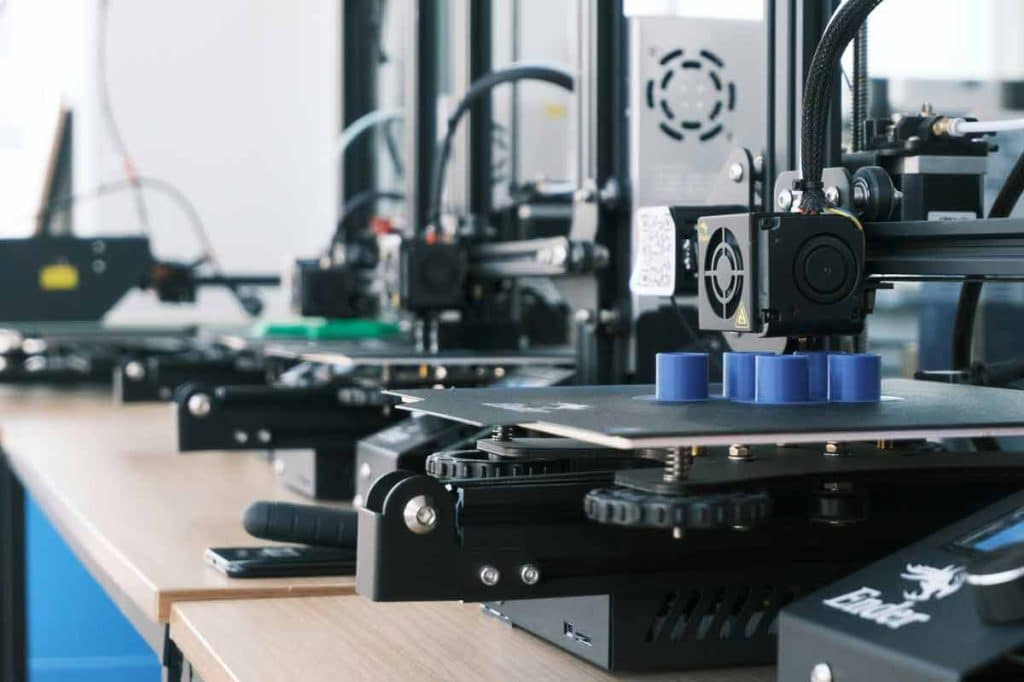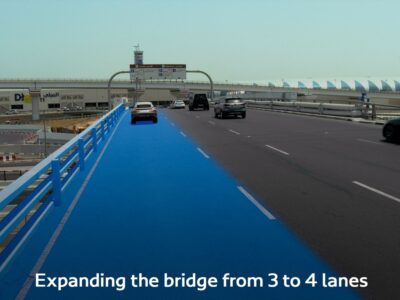Last month the PIF announced it was setting up a new company, Alat, to help make Saudi Arabia a global hub for sustainable technology manufacturing. The scale of the challenge is immense, but by looking at examples from other sectors and countries there are three key strategies for success:
The potential and the challenge
Alat is intended to serve both domestic and international markets by manufacturing products within seven key business units, including advanced industries, semiconductors, smart appliances, smart health, smart devices, smart buildings, and next-generation infrastructure.
The aim is to uplift the kingdom’s technology sector, growing the contribution of local content and increasing the ability to create investment opportunities.
There are a lot of positives for the new company: significant funding; large domestic demand from greenfield mega-projects like NEOM, and city transformations in Riyadh and Jeddah; and a developing low-carbon energy system that sustainable manufacturers need. But still, the size of the challenge is daunting.
Alat is targeting the creation of 39,000 direct jobs in Saudi Arabia and a $9.3 billion contribution to GDP by 2030, with manufacturing activities across more than 30 product categories.
Generating huge growth – quickly
All companies or clusters need the basics to grow (infrastructure, facilities, finance, and leadership), but to grow at speed and scale requires thinking beyond the obvious. There are three areas that could help drive Alat growth that have worked for others.
- Think local
Alat will need the support of a local ecosystem to supply products and services to its supply chain. One way to grow this ecosystem is by attracting investment from globally important companies that act as focal points where knowledge spills out into local companies. But how to attract these companies and this investment?
In the US, the Biden administration set out to revolutionise domestic sustainable manufacturing through a mainly tax-based incentive programme that rewarded companies for manufacturing in America and upskilling workers for the new economy.
In one year, this Inflation Reduction Act has delivered investment in clean energy manufacturing that is equal to the previous seven years combined.

- Think global
Although the domestic market will create huge demand for Alat products, the goal is for Saudi Arabia to be a global hub of manufacturing. This requires networks around the world to tap into new ideas and find new markets.
The Solar Energy Cluster in Norway is an example of how thinking globally can lead to new sales. They recognised that the domestic market would never be large enough to grow their industry, so they quickly established international business development teams and global growth programs.
Taking its companies to East Africa and Asia, the Norwegian cluster was able to develop new commercial market opportunities in growing markets. In 2022, technology from the Norwegian company Ocean Sun was being used in large-scale floating solar energy projects in Singapore.
- Set a challenge, with constraints
The danger with such a large growth target is that Alat goes off in so many different directions that it starts to lose focus. Research from the Harvard Business Review suggests that a constraints-led approach can often create better results. This provides focus and a creative challenge that motivates people to search for and connect information from different sources to generate novel ideas for new products, services, or business processes. Indeed, Google’s innovation maxim is that ‘creativity loves constraints’.

An example of this approach is GE Healthcare’s MAC 400 Electrocardiograph (ECG), which revolutionised rural access to medical care. Engineers worked within a formidable set of constraints: Develop an ECG device that boasts the latest technology, costs no more than $1 per scan, is ultra-portable to reach rural communities, and is battery operated. The engineers were given just 18 months and a (modest by GE standards) budget of $500,000.
The GE engineers were not successful despite these constraints, but because of them. Constraints foster innovation when they represent a motivating challenge and focus efforts on a more narrowly defined way forward.
Only time will tell
The ambition behind Alat is impressive, and with many of the building blocks already in place, the real test will be how it can build the domestic supply, create global connections, and ensure it does not lose track of the mission goals. We will watch this with interest.









